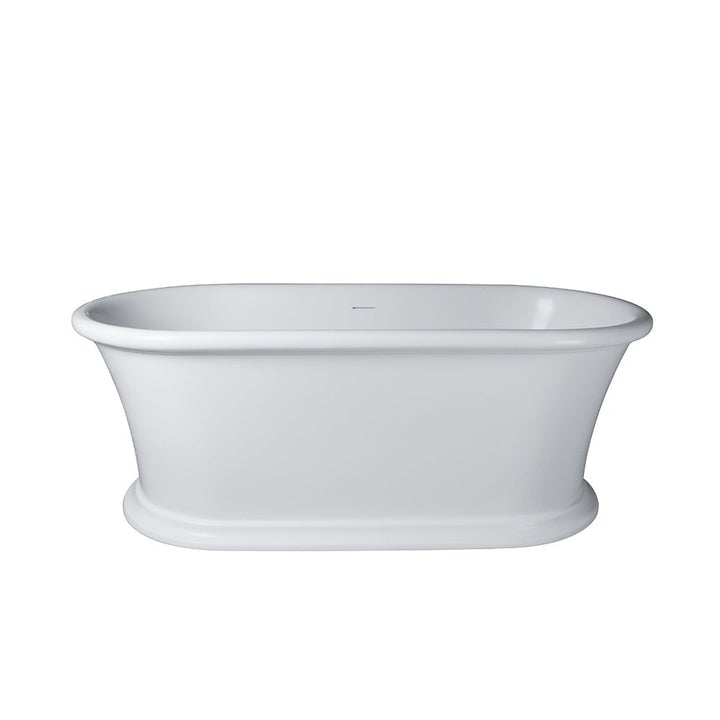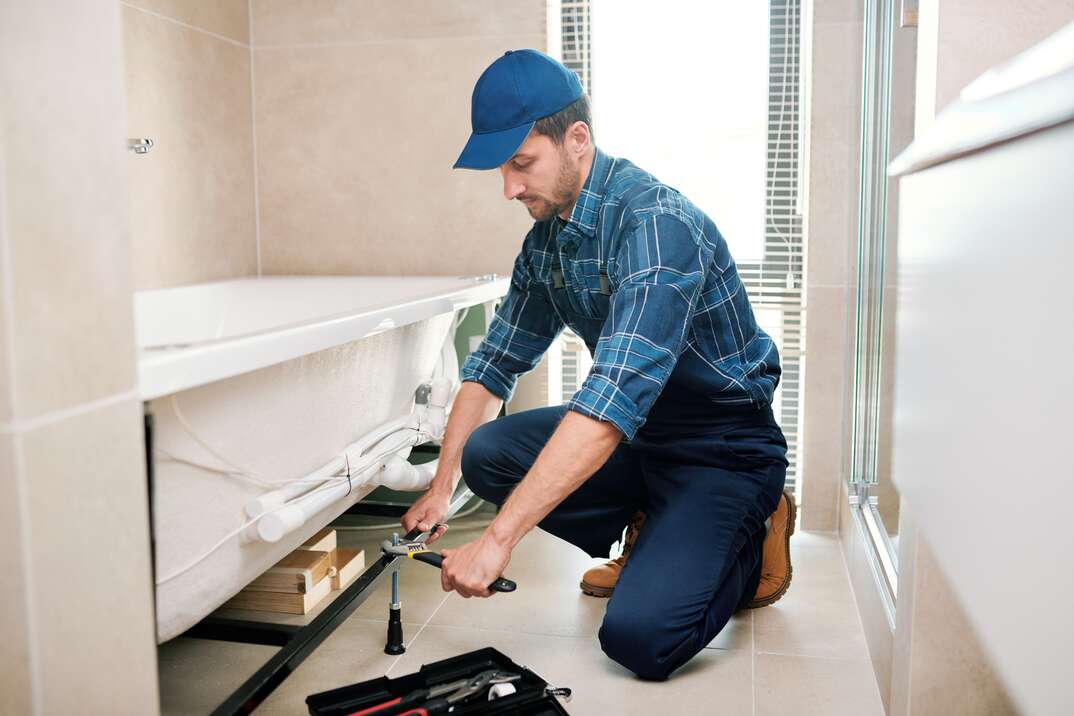How do you feel in relation to A Step-by-Step Guide to Installing a Bathtub?

Setting up a bath tub isn't exactly rocket science, but it does need solid plumbing, carpentry, as well as occasionally, tiling abilities. Replacing an old bathtub with a brand-new one is additionally a reasonably hard task. If the old bathtub is easily easily accessible, the job can relocate speedily; if you have to open a wall to remove the old tub and position the new tub, the job is a lot harder. In either situation, the project is within a residence handyman's abilities, although you will certainly require an assistant to leave the old tub as well as set in the new one. Make sure you have certified on your own for the work and also fit trying it. As opposed to employing a specialist to take control of a halfway-completed job, it is better to consider employing one prior to you begin. Opportunities are you may need a professional plumber to make tube links.
This write-up will certainly assist you set up a new bathtub in your washroom if you have already bought a brand-new bathtub as well as don't require to transform the plan of your previous supply of water pipes.
Your devices as well as material checklist ought to make up the following:
Preparing for the Installment
First of all, the supporting structure provided with the bath should be fitted (if called for) according to the producer's guidelines. Next, fit the taps or mixer to the bath tub. When fitting the faucet block, it is necessary to see to it that if the tap features a plastic washer, it is fitted in between the bathroom and the faucets. On a plastic bath, it is also reasonable to fit a supporting plate under the faucets system to prevent pressure on the bathtub.
Fit the adaptable tap connectors to the bottom of both faucets utilizing 2 nuts and olives (often supplied with the bathtub). Fit the plug-hole outlet by smearing mastic filler round the sink electrical outlet opening, and after that pass the outlet via the hole in the bath. Make use of the nut supplied by the supplier to fit the plug-hole. Analyze the plug-hole electrical outlet for an inlet on the side for the overflow pipe.
Next off, fit completion of the versatile overflow pipe to the overflow outlet. After that, screw the pipeline to the overflow face which ought to be fitted inside the bathroom. Ensure you use all of the provided washers.
Link the catch to the bottom of the waste electrical outlet on the bathtub by winding the thread of the waste electrical outlet with silicone mastic or PTFE tape, and screw on the catch to the outlet. Link all-time low of the overflow tube in a similar manner.The bathroom should now be ready to be fitted in its last position.
Removing Old Touches
If you need to replace old taps with brand-new ones as a part of your installation, after that the first thing you must do is disconnect the water. After doing so, turn on the taps to drain pipes any water staying in the system. The procedure of removing the existing faucets can be fairly problematic because of the limited access that is commonly the instance.
Use a basin wrench (crowsfoot spanner) or a tap device to undo the nut that links the supply pipelines to the faucets. Have a cloth prepared for the remaining water that will come from the pipelines. Once the supply pipes have actually been gotten rid of, use the exact same tool to loosen up the nut that holds the faucets onto the bath/basin. You will need to stop the solitary faucets from transforming during this process. When the faucets have actually been gotten rid of, the holes in the bath/basin will have to be cleansed of any old sealing substance.
Before proceeding to fit the new taps, contrast the pipeline links on the old faucets to the new taps. If the old taps are longer than the new taps, after that a shank adapter is needed for the brand-new faucets to fit.
Mounting the Bathtub
Using both wood boards under its feet, position the bathtub in the required placement. The wood boards are handy in evenly spreading out the weight of the bath tub over the location of the boards as opposed to concentrating all the weight onto 4 tiny points.
The next goal is to ensure that the bathtub is leveled all round. This can be achieved by checking the spirit level and adjusting the feet on the bathtub until the spirit level checks out degree.
To set up taps, fit the bottom of the furthest versatile tap connector to the appropriate supply pipe by making a compression join; after that do the very same for the various other tap.
Switch on the water supply and check all joints and also brand-new pipework for leakages as well as tighten them if needed. Fill up the bathtub and also examine the overflow electrical outlet as well as the typical outlet for leaks.
Finally, fix the bathroom paneling as defined in the maker's instruction manual. Tiling and sealing around the bath tub needs to wait up until the tub has been made use of at the very least once as this will resolve it right into its final position.
Suitable New Touches
If the tails of the new taps are plastic, after that you will certainly need a plastic connector to stop damages to the thread. One end of the connector fits on the plastic tail of the faucet as well as the other end provides a link to the existing supply pipes.
If you require to fit a monobloc, then you will call for minimizing couplers, which connects the 10mm pipeline of the monobloc to the common 15mm supply pipe.
Next off, position the tap in the placing hole in the bath/basin making sure that the washing machines are in location in between the tap as well as the sink. Secure the faucet in place with the maker provided backnut. When the tap is safely in position, the supply pipelines can be linked to the tails of the faucets. The taps can either be attached by using corrugated copper piping or with typical faucet ports. The previous type must be connected to the faucet finishes first, tightening up only by hand. The supply pipelines can later be linked to the various other end. Tighten both ends with a spanner after both ends have actually been attached.
Tiling Around the Tub
In the location where the bath satisfies the floor tile, it is necessary to seal the accompanies a silicone rubber caulking. This is essential as the installation can move sufficient to crack a stiff seal, causing the water to permeate the wall between the bathroom and the tiling, bring about complications with dampness and feasible leakages to the ceiling below.
You can select from a variety of coloured sealants to assimilate your fixtures as well as installations. They are sold in tubes as well as cartridges, and also are capable of securing gaps as much as a size of 3mm (1/8 inch). If you have a larger space to load, you can fill it with twists of drenched paper or soft rope. Remember to constantly load the bathtub with water before securing, to allow for the motion experienced when the bathtub is in use. The sealer can fracture fairly very early if you do not take into account this movement prior to securing.
Alternatively, ceramic coving or quadrant tiles can be used to edge the bathroom or shower tray. Plastic strips of coving, which are easy to use and also reduce to size, are likewise quickly readily available on the market. It is suggested to fit the floor tiles utilizing water-resistant or water-proof glue as well as cement.
Bathtub Installation
How Important Is A Bathtub To Your Home?
High-quality baths, showers, and other bathroom updates are necessary when considering a smart investment in your home. It’s a room that you go to every day and one that is constantly being used by guests.The bathroom is one of the top trafficked rooms in a home and also one of the most valuable in terms of home resale.
Install Piping Before Tub
You will be using your existing drain and waste vent system, but pipes required include the hot and cold water supply lines and a pipe leading to a shower head. A mixing valve and shower head are also needed. Air chambers may be required.
Position the Tub
Lower the tub into place so that the continuous flange fits against the wall studs and rests on 1’x4' or 2’x4' supports. Anchor the tub to the enclosure with nails or screws inserted through the flanges into the studs.
NOTE: Remember, bathtubs and shower stalls may require support framing. A bathtub filled with water is extremely heavy, so check building codes and framing support before installing the tub.
Assemble Drain Connections
Assemble the bathtub drain connections by connecting the tub overflow with the tub drain above the trap, not beyond it. The trap will have a compression fitting that screws over the arm of the overflow assembly.
Place a Pipe For the Shower Head
First, locate a brass female threaded winged fitting and attach it to a framing support via a screw or a nail. Then run a pipe up the wall for the shower head. Sweat or solder the other side of the brass fitting to the top of the pipe.
Attaching Hot and Cold Water Lines
Attach your water lines for both hot and cold by sweating these directly into the hot and cold ports of the mixing valve. The mixing valve will be how water enters the tub’s system, not by the pipes themselves.
Install the Spout
Extend a piece of 1/2 inch pipe, or whichever length is specified in the manufacturer’s instructions, for the tub spout. Sweat on a male threaded fitting at the end of the pipe or use a brass nipple of the proper length and a 1/2 inch cap.
NOTE: At this point you should have your rough-in plumbing work inspected before proceeding further.
Check For Leaks
Restore the water pressure and check the drain connection and the supply pipes for any sign of leaking.
estore the Bathroom Wall
Replace the wall with moisture-resistant drywall as a base for your wall covering. Seal the joints between the wall and your new tub with silicone caulk as protection against water seepage.
https://www.berkeys.com/2016/12/02/bathtub-installation-dallas/

We were shown that editorial about How to Install a Bathtub through someone on our other site. Feel free to take the opportunity to distribute this blog post if you liked it. We value reading our article about Tools You Need to Install a New Bathtub .
Book Maintenance